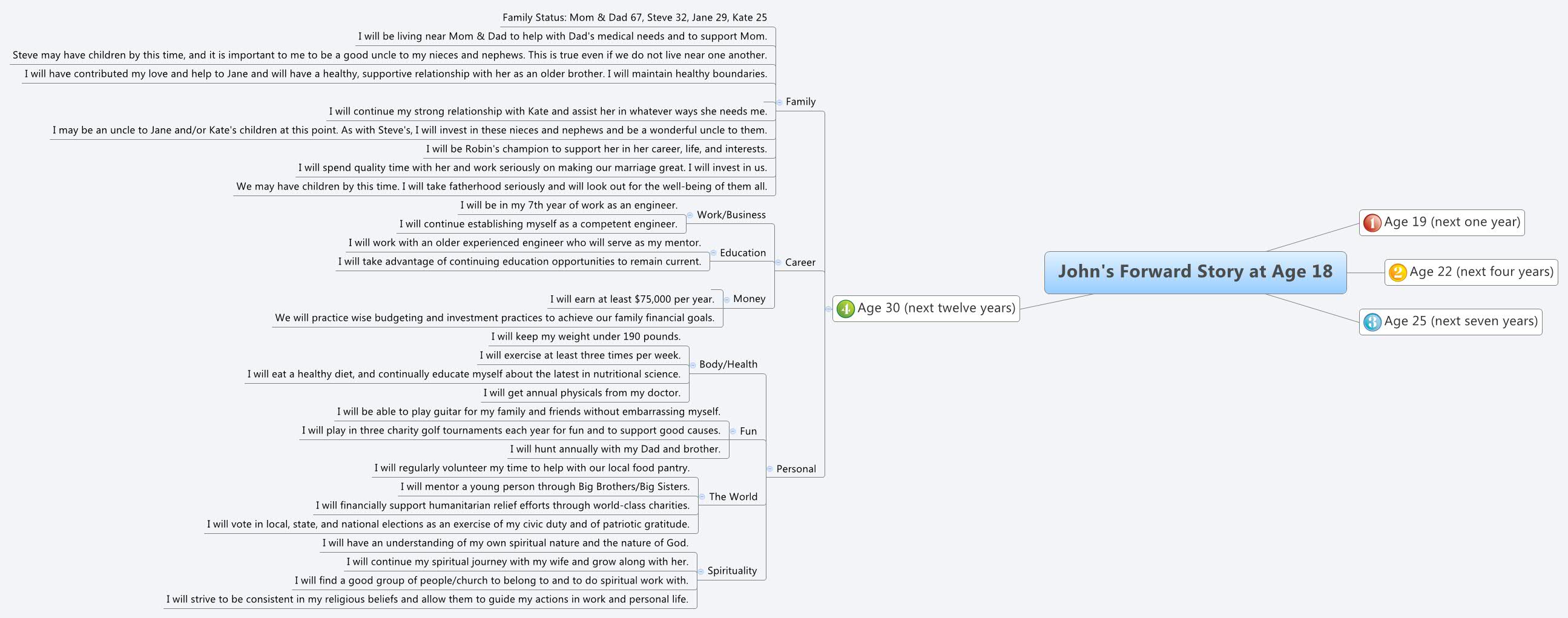This year I decided I needed to grow something. I have never had a garden or really any interest in gardening, but over the past year I have gotten a lot more interested in food. Though life-long city-dwellers, my wife and I have become regulars at our local farmers’ market and have completely changed the quality of food we eat. We have bought in to the “farm-to-table” movement.
So I decided to try to grow something. I wanted to start small and pick a fairly easy plant to grow for our climate. I chose jalapeno peppers. Following my regular approach to any new subject, I read a lot of information about how to grow plants in containers. I bought some organic seeds, two containers, organic potting soil, organic fertilizer, and organic compost. On May 7, 2013 for the first time in my life I planted seeds. I put five seeds in each container at about 1/4″ depth and then watered. It felt good to get my hands dirty. These hands are normally on a keyboard, so this was a different sensation. I haven’t played in the dirt much since I was a kid. Here is what my plants look like three days after planting.

Potential Jalapeno Plants
Not much to see right? According to the seed packet, these seeds should germinate in 10-25 days.
So now I wait.
Actually, now I water and wait. If I fail to water I will be waiting for a long time. However, even if I water diligently there is nothing I can do right now to speed up the process. Nature dictates that these seeds take 10-25 days to germinate in the proper conditions.
It is hard to wait.
I remember my Grandfather Adcox making us wait on Christmas Eve (which was our family’s big gift exchange). The brightly wrapped boxes piled up under the tree were adorned with seductive bows and paper snowmen. We were bursting at the seams wanting to get at those boxes — but PawPaw had his rules. With a twinkle in his eyes, he explained that those rules had something to do with the sun setting or a certain time on the clock. Whatever it was, it was excruciating. As we waited, those packages taunted us.
We don’t like to wait.
And yet, waiting is required for most good things. We have many aphorisms and proverbs about patience and waiting:
- A watched pot never boils.
- Good things come to those who wait.
- “Patience is bitter, but its fruit is sweet.” – Jean-Jacques Rousseau
- Rome wasn’t built in a day.
So, I am not waiting for Godot, but rather for the first green sprouts from my new pepper plants. It is hard to wait, but at least I have planted and watered. If you never plant, you will not reap. My Grandfather, who was a master gardener, would be proud of these first small steps I have taken.
Sowing and reaping is a powerful metaphor. It is a law of nature. You cannot reap if you have not planted. Even if you have planted you will likely not reap if you do not continue watering, weeding, and providing the proper nutrition. It takes work. You have to nurse and tend the process.
What is it in your life that you want to reap? What steps should you be taking to get your seed in the ground and to help it grow? It will take patience and hope while you water and work, but in the end you should have a reward for your labors.
I will provide an update on my project in time. All I have to do now is work.
And wait.
UPDATE 5/17/2013
Today was day 10 since I planted my seeds. Today began like every other day, with me checking the containers carefully at around 7 AM for any signs of life.
Nothing.
But then I checked again after lunch, and lo and behold I saw something, ever so slight, that is green. I surprised myself by how excited I got. Take a look:
So now, I wait again.
Don’t forget the update on 3/25/2014.















